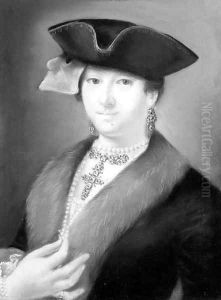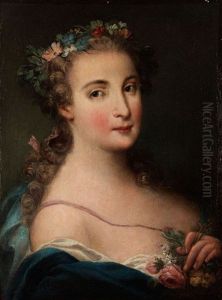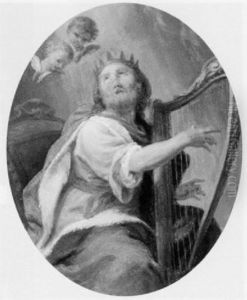Francesco Pavona Paintings
Francesco Pavona was an Italian painter, primarily known for his work in the Baroque style, which was prevalent in Europe during the 17th and 18th centuries. Born in 1695, Pavona's life and career were situated within a period characterized by dramatic intensity and grandeur in the arts. His works are less documented compared to those of his more famous contemporaries, and as such, less is known about his personal life and artistic training.
Pavona's work is indicative of the Baroque period's emphasis on bold color, contrast, and movement. He was active during a time when Baroque art was evolving, and his style bridges the gap between the high Baroque and the more ornate Rococo period that followed. His paintings often featured religious and mythological subjects, which were popular themes of the era. Pavona's brushwork was known for its fluidity and expressiveness, contributing to the dynamic compositions that engaged viewers.
Unfortunately, due to the scarcity of records, specific details regarding Pavona's patrons, major commissions, or influence on his contemporaries are not well-documented. It is likely that he worked in various Italian cities, contributing to the decoration of churches and possibly private residences. Despite the lack of extensive historical recognition, Pavona's contribution to the Italian Baroque is not to be underestimated, as his paintings would have enriched the visual culture of his time.
Pavona lived through a significant portion of the 18th century, a time of considerable change in Europe, including the Enlightenment and the early stages of the Industrial Revolution. He died in 1777, having witnessed the transition of artistic tastes from the Baroque to the Rococo, and ultimately to the early stirrings of Neoclassicism. His works remain as a testament to the enduring appeal of Baroque artistry and provide insight into the lesser-known painters of the period who contributed to the rich tapestry of European art history.


